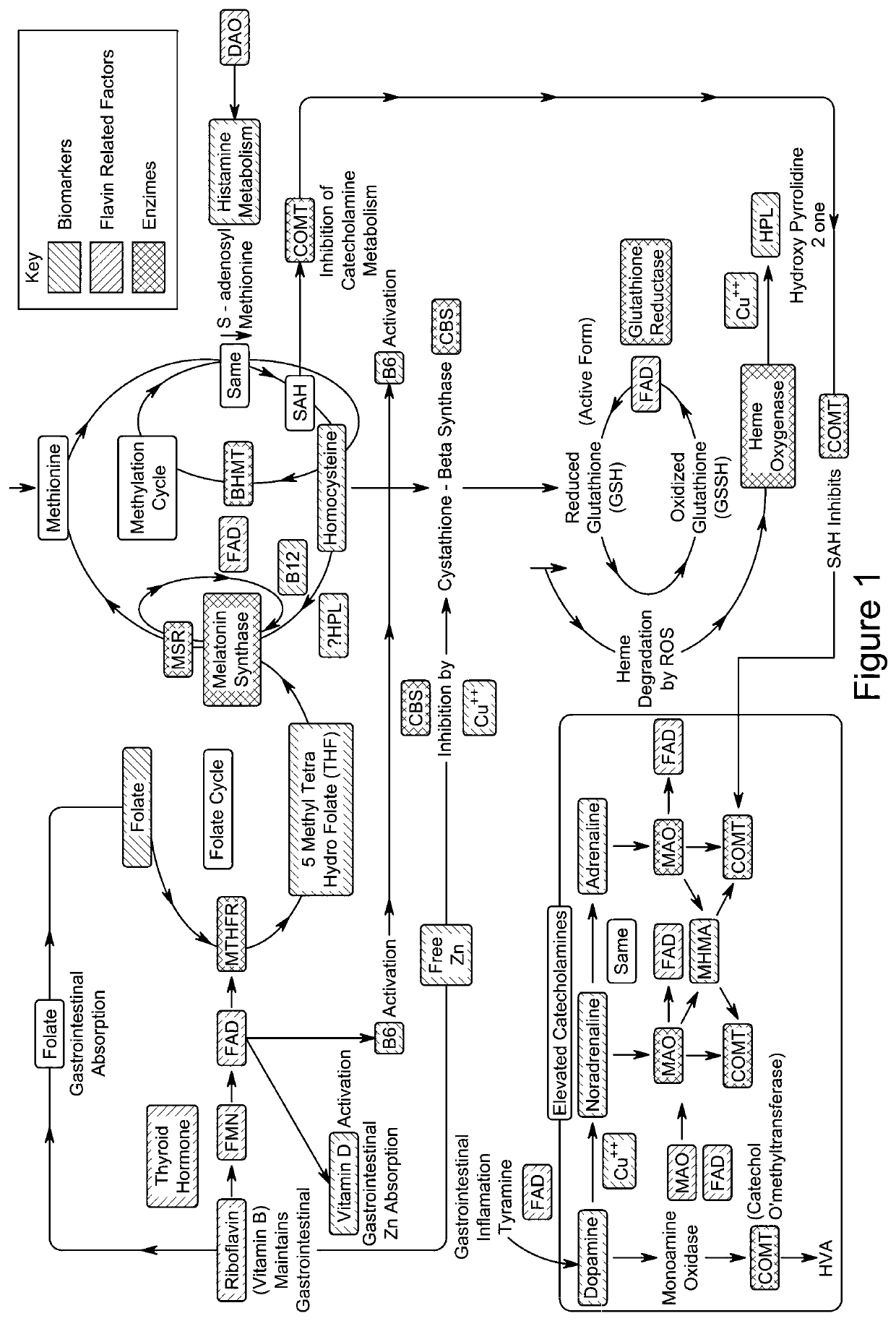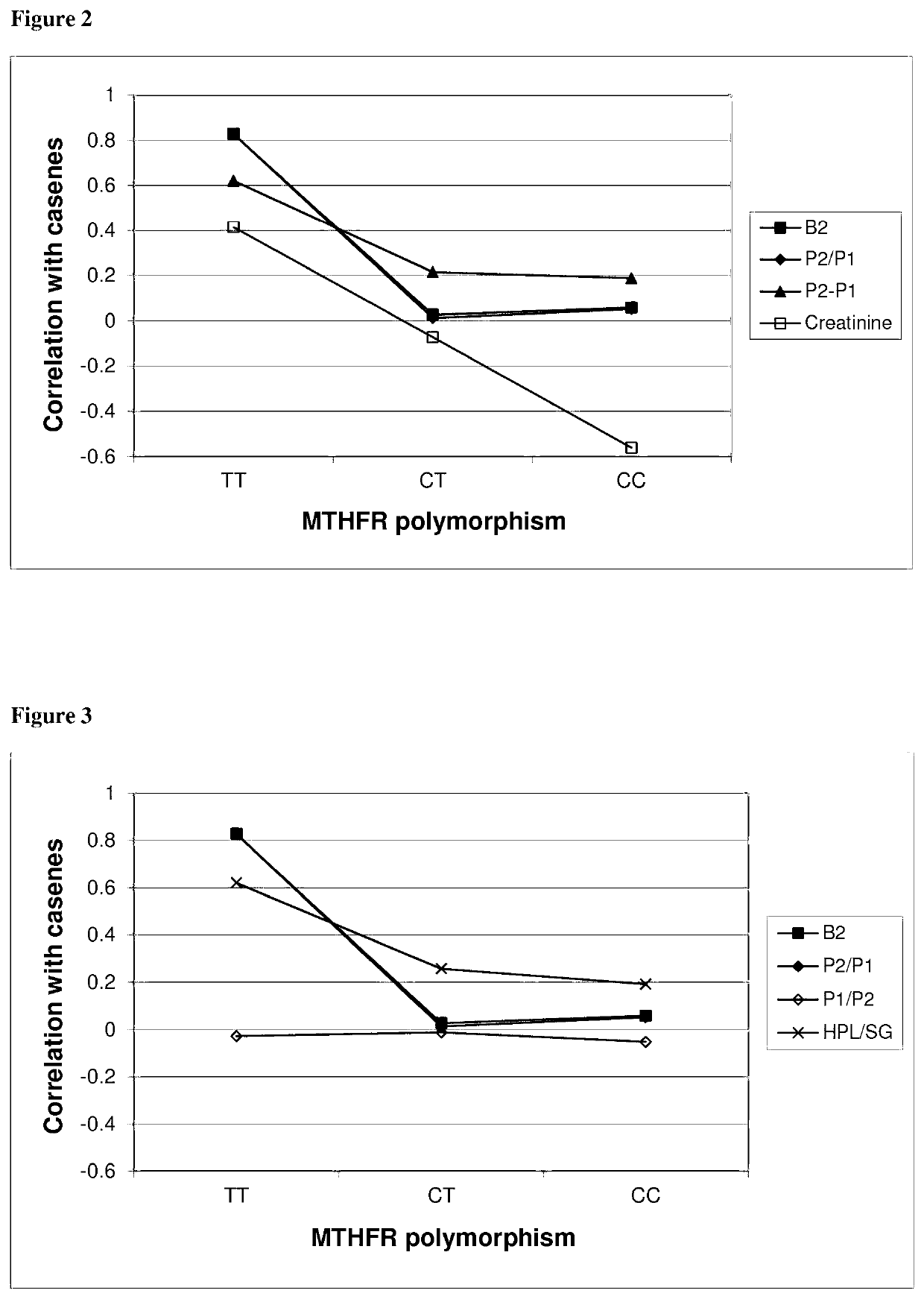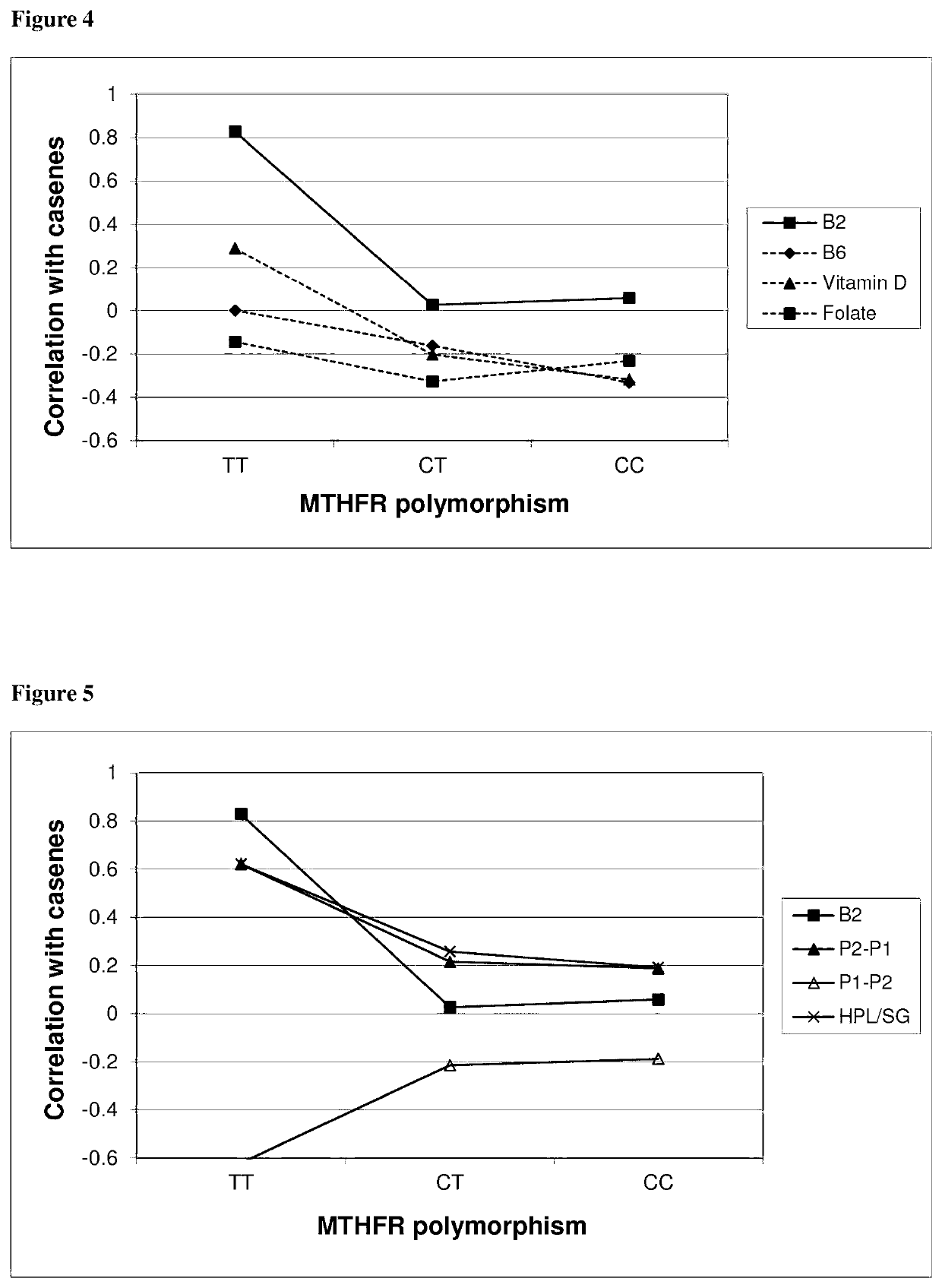Diagnosis, prognosis and treatment for schizophrenia and schizoaffective psychosis
a psychosis and schizophrenia technology, applied in the direction of material testing goods, biochemistry apparatus and processes, instruments, etc., can solve the problems of increasing dissatisfaction with the current classification system, subtypes of psychosis, difficulty in diagnosis of schizophrenia and psychosis, etc., to inhibit the degradation of riboflavin
- Summary
- Abstract
- Description
- Claims
- Application Information
AI Technical Summary
Benefits of technology
Problems solved by technology
Method used
Image
Examples
example 1
ethodologies
Participant Recruitment
[0270]This study was approved by the Queen Elizabeth Hospital Research Ethics Committee (No: 2009139) and protocols and methods conformed to that committee's regulatory standards. Participants were assessed at the Queen Elizabeth Hospital and the Basil Hetzel Institute for Translational Health at Woodville, South Australia and two satellite psychiatric clinics in the Western Adelaide community catchment area.
[0271]Recruitment of patients with schizophrenia and schizoaffective disorder and controls lacking these disorders was from multi-ethnic backgrounds in an age-range between 18 and 60 years. The aim of recruitment was to impose sufficient exclusion criteria to minimise confounding variables and strip psychosis in the case sample as far as possible down to its bare functional form. In this way, potential confounding effects of substance abuse, organic causes and medication were minimised and candidate markers which have strong discrimination and ...
example 2
iomarker Analysis for MTHFR 677 Variants
[0292]The MTHFR gene was selected as a marker for examination in this study because this gene codes for the MTHFR enzyme which is the rate-limiting factor in the methylation cycle. In the normal form of this gene, cytosine is at position 677, leading to an alanine at amino acid 222. However when there is thymidine at position 677, there is a valine substitution at amino acid 222 and this homozygous form of the gene (TT) encodes a thermolabile enzyme with reduced activity compared to individuals with the CC or CT (heterozygous) forms of the gene. Although there is ethnic variability related to this polymorphism, ten percent of the North American population are T-homozygous for this polymorphism.
[0293]The data set from this study was into three data-sets based upon the three possible MTHFR C677T variants (wild type (CC), heterozygous (CT) and homozygous (TT) types) in order to examine key correlates within those three data sets. For the purpose ...
example 3
-Related Symptoms Associated with MTHFR C677T Variants
[0294]All MTHFR C677T variants contribute to case-identification, illness severity, duration of illness and disability in schizophrenia and schizoaffective psychosis. Approximately 49% of participants presented with the wild-type MTHFR CC polymorphism and demonstrated low-methylation biochemistry indicated by low flavin, high oxidative stress, low folate, low vitamin D and B6 and a tendency to high histamine and high 5HIAA. This phenotype related to symptoms of with low visual span ROC, ASOP age diff % ROC, CW diff ROC, low reverse digit span, low distance vision on the right ROC, judgement and insight impairment, delusions, unusual thought content, suspiciousness, cognitive disorganization, emotional withdrawal, blunted affect, thought preoccupation, poor rapport, passivity / apathy, poor attention, hostility, excitement, abstract thinking impairment, lack of spontaneous conversation, social avoidance, anxiety, un-cooperativeness,...
PUM
| Property | Measurement | Unit |
|---|---|---|
| schizoaffective disorder | aaaaa | aaaaa |
Abstract
Description
Claims
Application Information
 Login to View More
Login to View More - R&D
- Intellectual Property
- Life Sciences
- Materials
- Tech Scout
- Unparalleled Data Quality
- Higher Quality Content
- 60% Fewer Hallucinations
Browse by: Latest US Patents, China's latest patents, Technical Efficacy Thesaurus, Application Domain, Technology Topic, Popular Technical Reports.
© 2025 PatSnap. All rights reserved.Legal|Privacy policy|Modern Slavery Act Transparency Statement|Sitemap|About US| Contact US: help@patsnap.com



